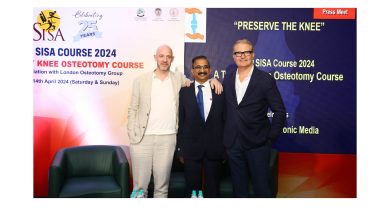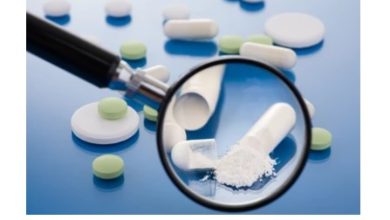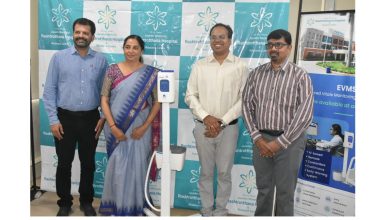IIT Guwahati develops psychoactive drugs, anti-aging compounds using low-cost tech

The ingredients were used from a wide array of agri resources
Researchers at the Indian Institute of Technology (IIT), Guwahati, have developed a low-cost membrane technology to produce psychoactive drugs and anti-aging compounds from wide range of agricultural resources like citrus fruits and peels especially orange peels, berries, parsley, pulses, tea, sea buckthorn and onions.
The technology which has been patented and developed by Mihir Kumar Purkait, Head, Centre for the Environment and Professor, Department of Chemical Engineering, IIT Guwahati along with his M Tech student VL Dhadge, does not use any organic solvents.
“The health-related benefits of psychoactive drugs (caffeine) and anti-aging compounds (flavonoids) attributed to stimulating detoxification of enzyme activity and inhibition of cell invasion and angiogenesis. Because of medicinal applications, flavonoid components have gained popularity as ingredients in pharmaceutical industry. These are also found in smaller amount in bamboo leaves, grapes, apples, and other natural sources,” said Purkait.
“The developed technology is exclusively pore and particle size based pressure driven membrane separation process. The water extracts of the plants, fruits or leaves at optimum operating conditions are passed through a specially made cascade membrane units of fabricated with appropriate molecular weight cut off (MWCO) membranes capable of separating targeted flavonoids selectively,” he added.
The permeate and retentive part from appropriate membrane unit is then fridge dried to get the powdered product.
“We have synthesised stimuli responsive smart membrane for the selective separation and purification of targeted compound from the mixture of plants or leaves or fruits extract in simple water,” he further said.
The professor explained that the commercially available techniques are using various costly organic solvents like chloroform, acetone, acetonitrile among others and as a result the price of these important pharmaceutical raw materials are quite high that ultimately increases the price of the antioxidant.
“Since organic solvents are used, the technology suffers various disadvantages like low product quality and yield, high operating and product cost, more time consuming and high energy intensive process for solvent recovery and has limitation to run continuation mode in industrial scale.
“The technology developed by us doesn’t require any costly organic solvents and uses only water. Hence, the cost of the process and price of pharmaceuticals thereon is much cheaper than that of existing solvent based separation technique. The patented membrane based green technology has enormous scope to replace existing costly organic solvent based techniques and can be used for continuation mode of operation in industrial scale,” he said.
PTI




